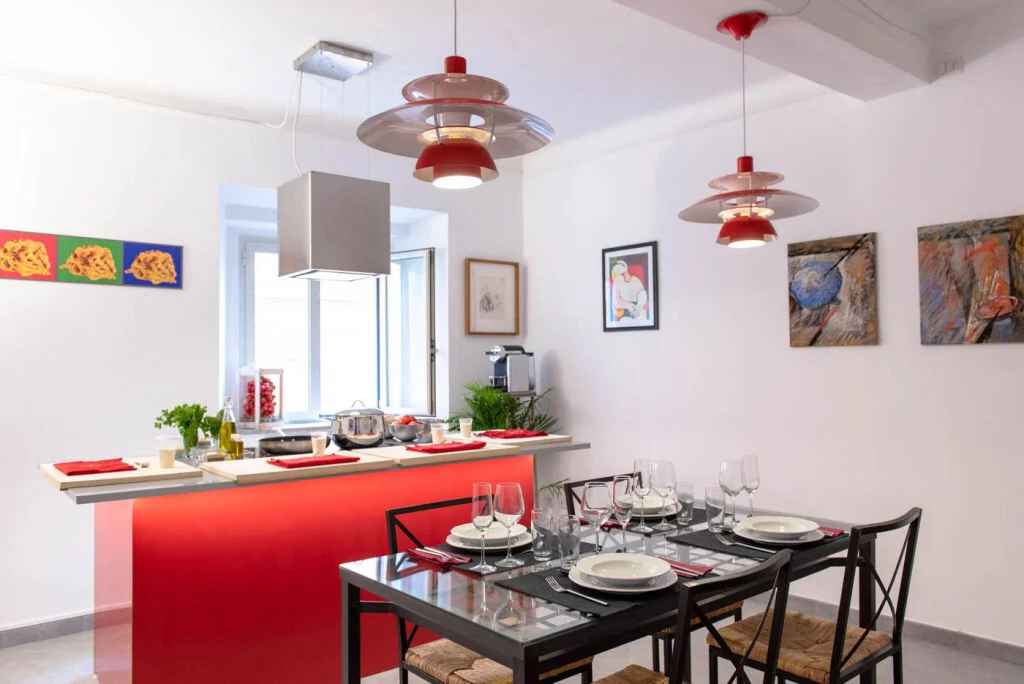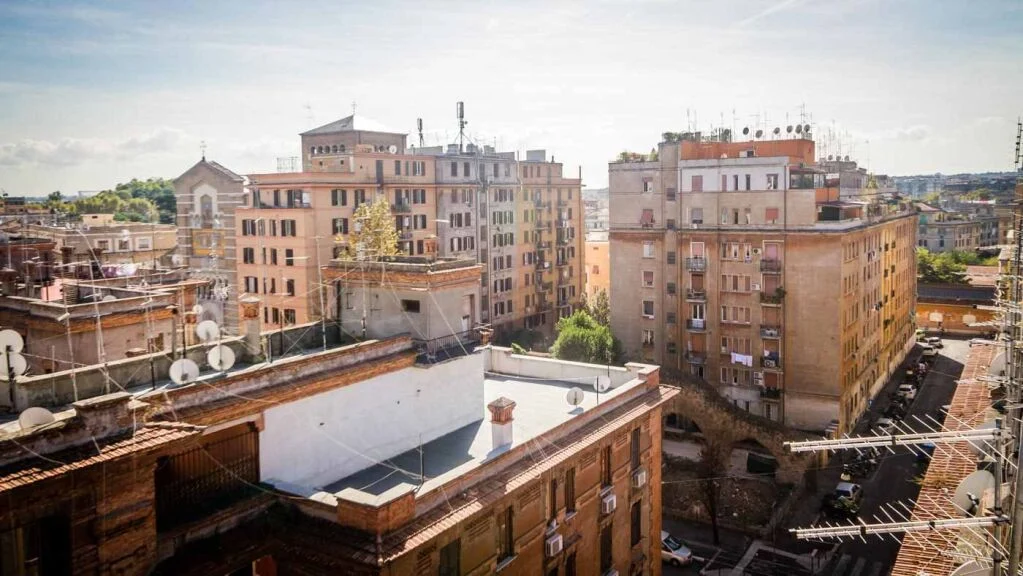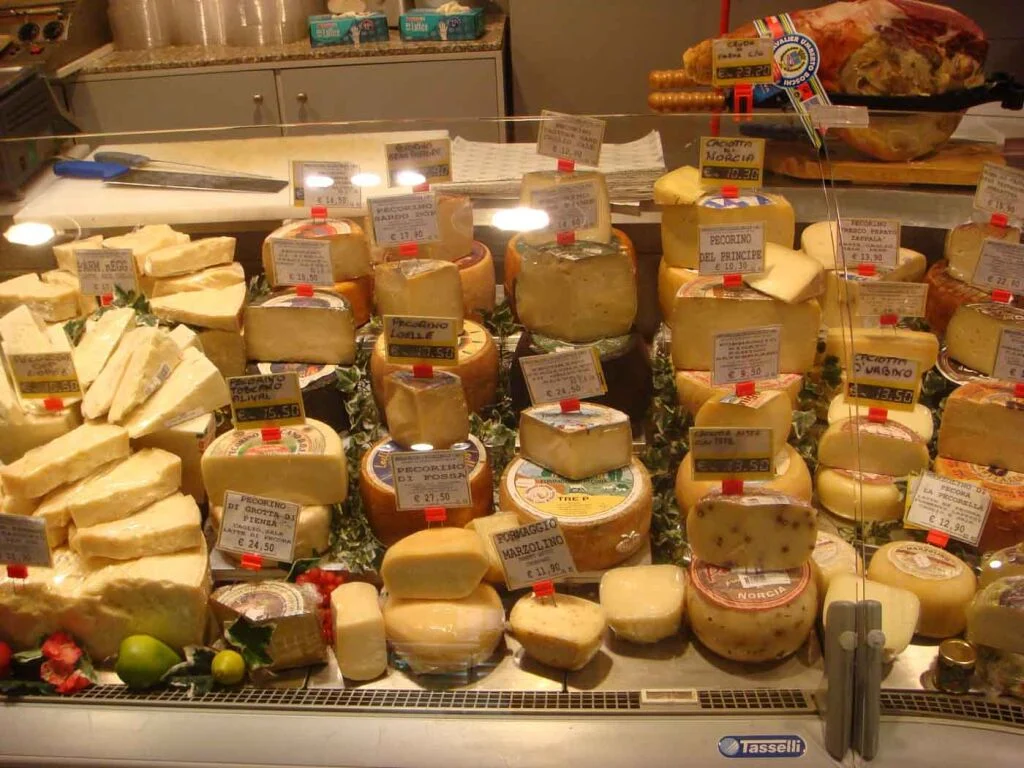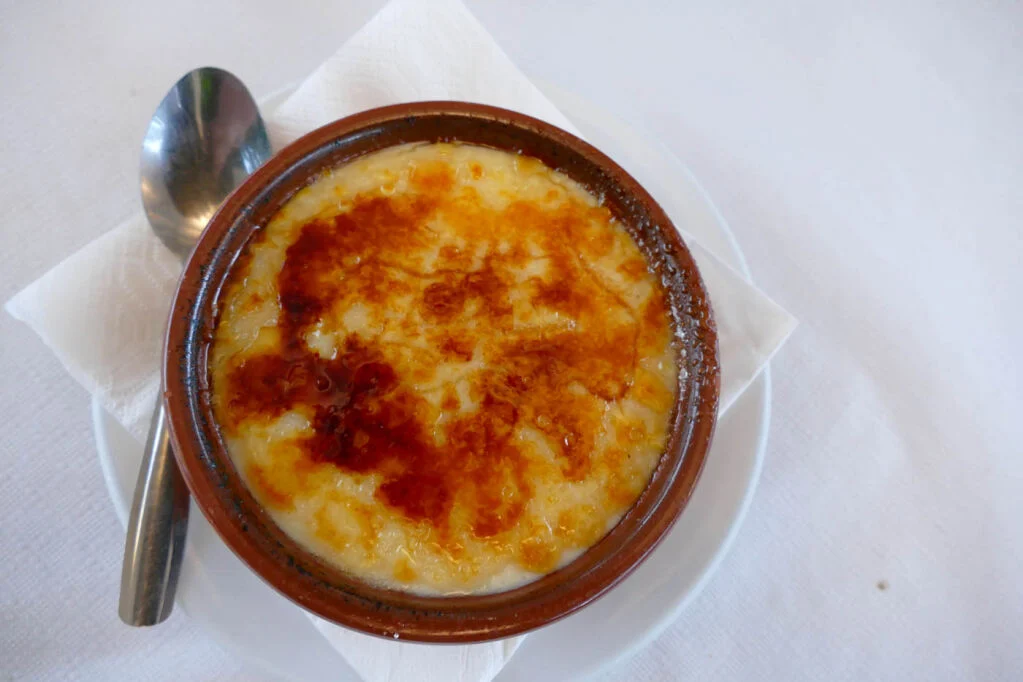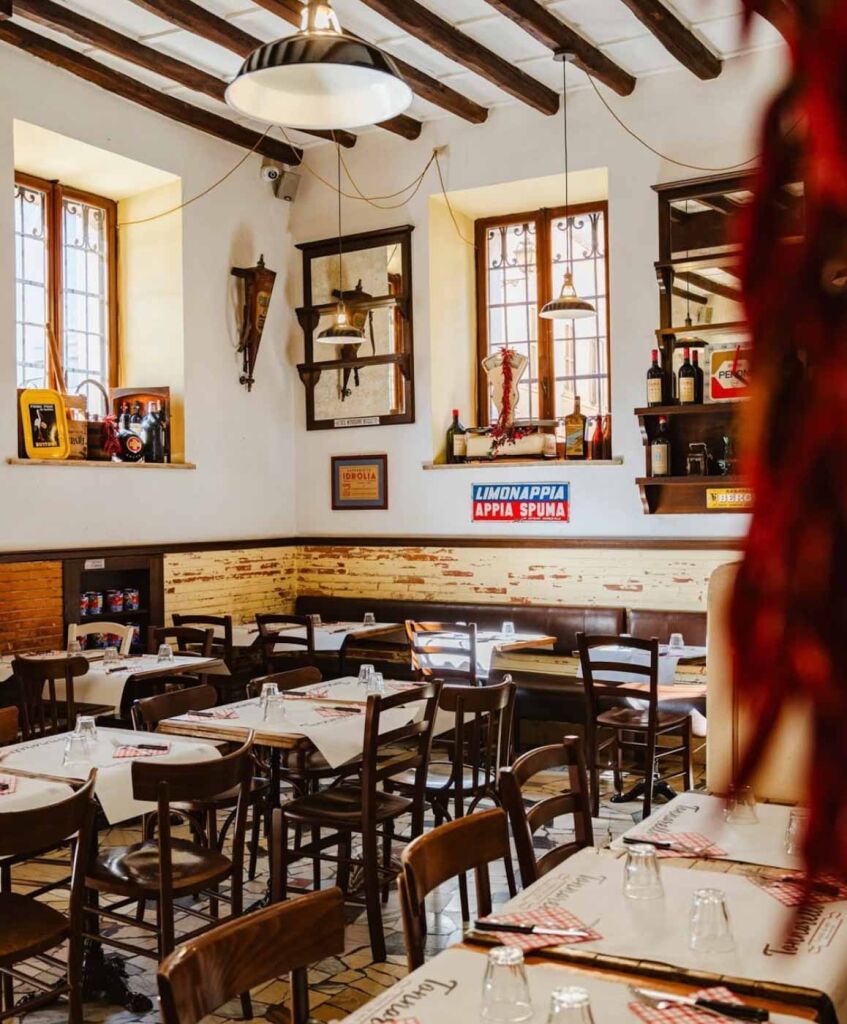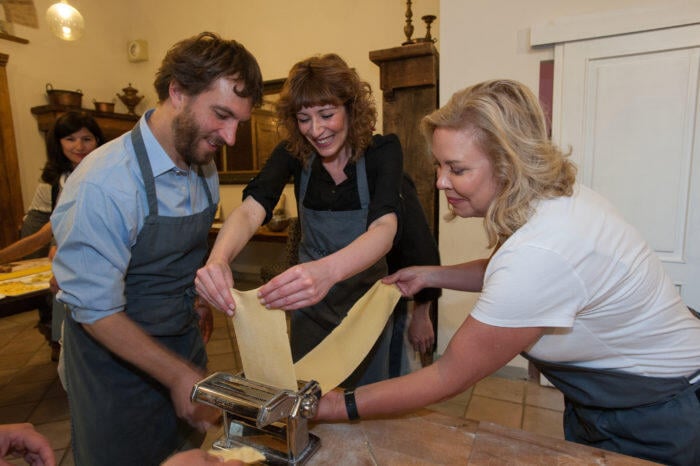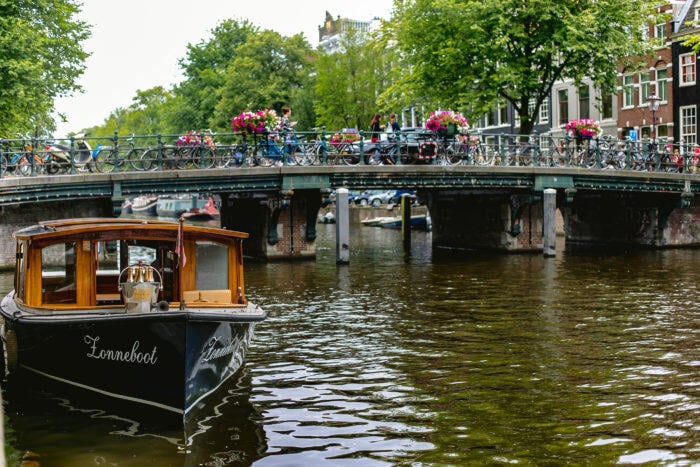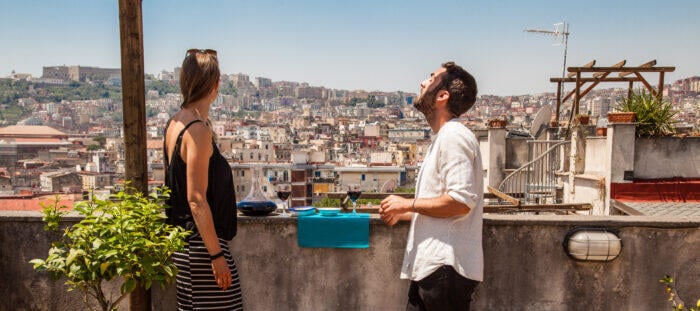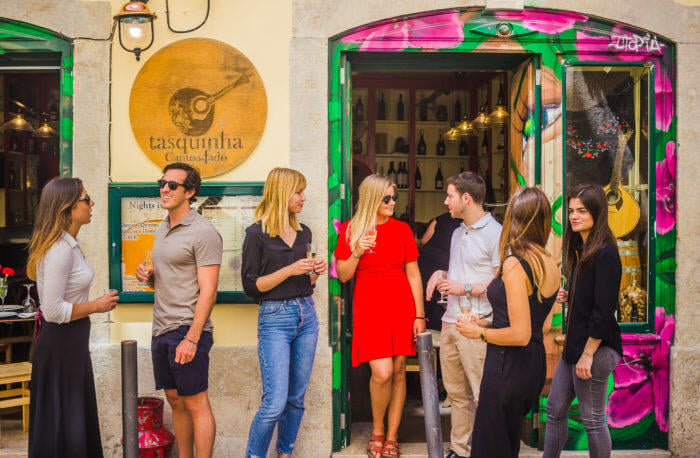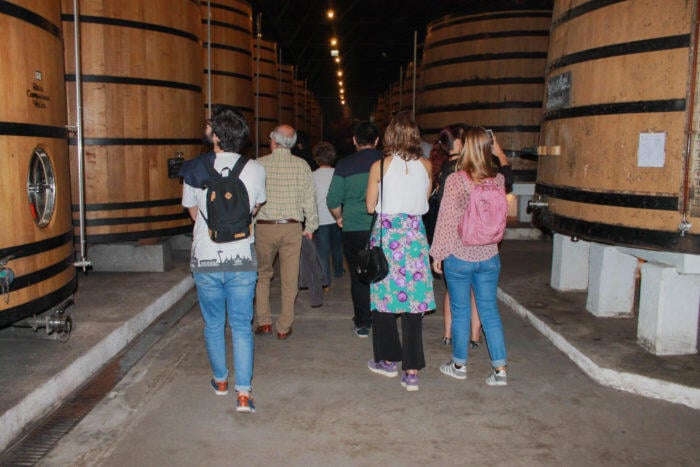All of our tours not only feed you the best each city has to offer but also immerse you in the local culture, authentic street life and history.
Best Restaurants in Monti, Rome
Monti is often regarded as one of the best areas to stay in Rome, largely due to its proximity to the Colosseum and the Forum, but it’s also a mecca fo...
Blog Posts
Best Restaurants in Prati, Rome
Compared to well-known neighborhoods like Trastevere, Monti, and Testaccio, Prati tends to get overlooked. While many people are acquainted with Prati due to...
Best Restaurants in Testaccio: Where to Eat Like a Local
The first time I walked through the streets of Rome’s Testaccio neighborhood, the aroma of food nearly made me swoon with hunger. It’s no small surprise cons...
Gourmet Italian Food Guide: Best Cheese in Rome
It’s been said that all roads lead to Rome, and I’ve come to believe that they did it that way just to make it easier to put so many amazing Italian cheeses ...
Testaccio Market: Rome’s Local Food Haven Hidden in Plain Sight
Rome’s Testaccio neighborhood is the culinary heart of the Eternal City. So, it only makes sense that Testaccio Market is the soul of so many amazing classic...
Best Crema Catalana in Barcelona: A Complete Guide
Though there are a plethora of must-try foods in Barcelona, crema Catalana is undoubtedly the star among those with a sweet tooth. Long before I started my B...
Best Markets in Trastevere: A Local’s Guide to Food, Finds & Flea Market Charm
Overview of Trastevere’s Market Culture Like most quintessentially Roman neighborhoods, Trastevere has its fair share of historic marketplaces and bustling b...
Best Bars in Trastevere: Where to Sip in Rome’s Coolest Quarter
Trastevere has long been known as one of Rome’s most exciting nightlife hubs. In fact, it’s often the area I recommend to anyone on my Rome food ...
Trastevere Restaurants: Where to Eat in Rome’s Most Charming Neighborhood
Overview of Trastevere as a Dining Destination Trastevere’s restaurants are some of my favorite in all of Rome. Between the quaint family-style haunts,...
